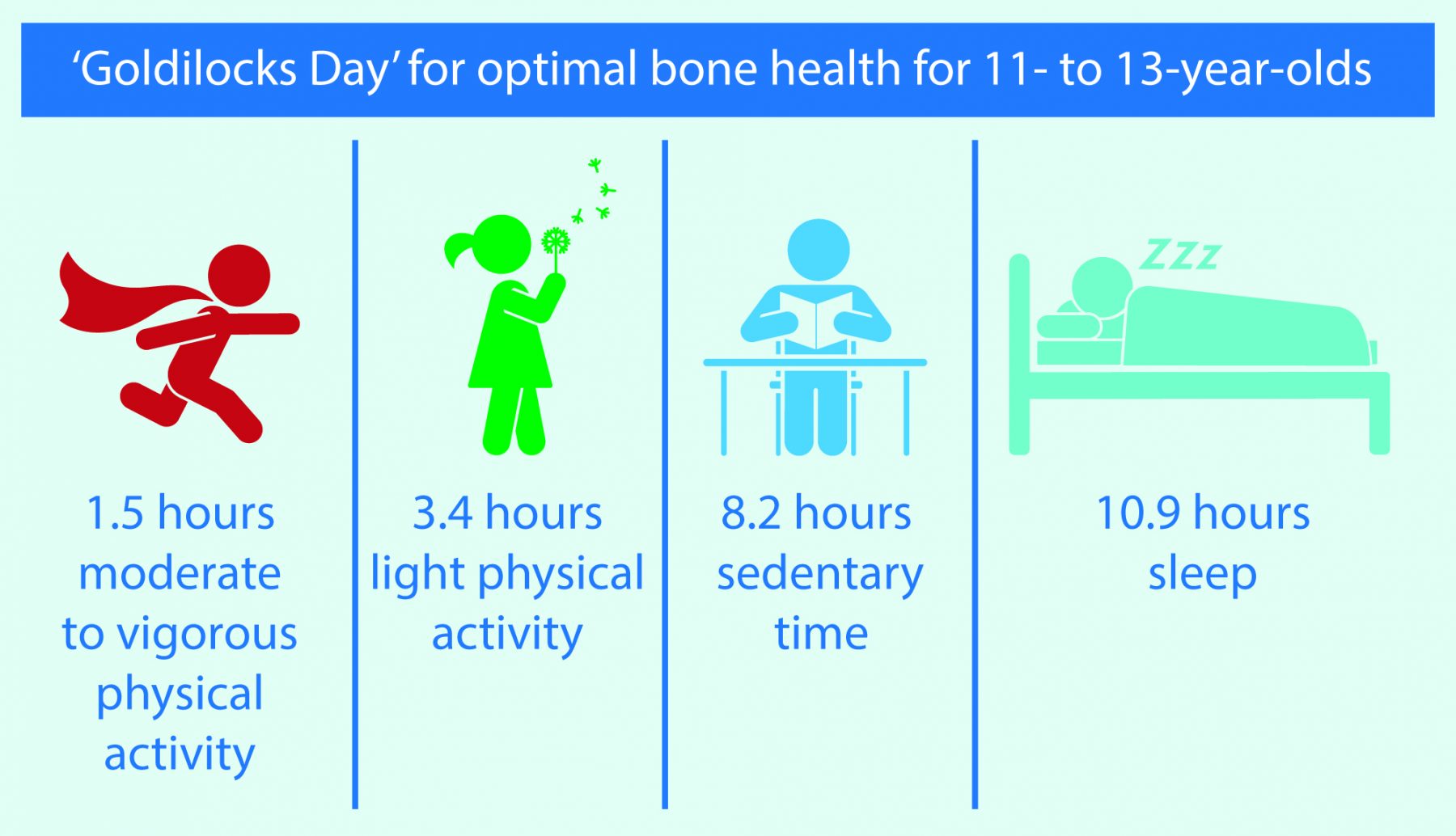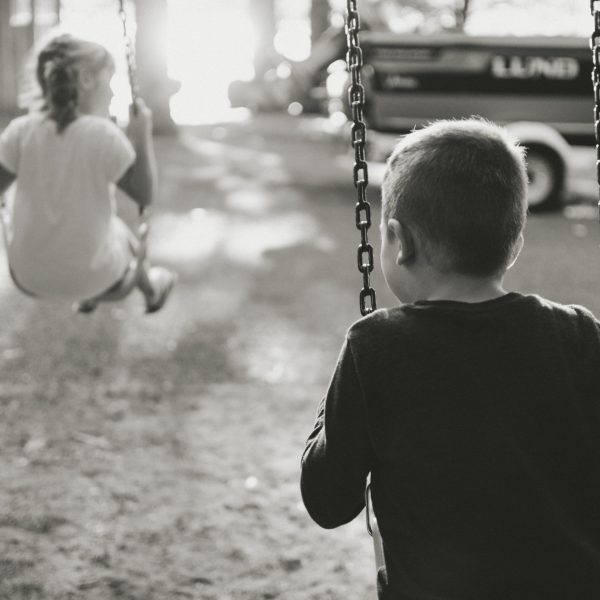UniSA researchers reveal the perfect day for children, in terms of good bone health

Children’s activities throughout the whole 24-hour day are important for their bone health, but until now, researchers haven’t known the perfect combination of exercise, sleep and sedentary time for optimal bone health. All that has changed, thanks to the work of UniSA’s Dr Dot Dumuid.
Not too little, not too much – using the Goldilocks’ ‘just right’ approach has meant that Dr Dumuid has been able to confirm the optimal mix of exercise, sleep and sedentary behaviour to maximise bone health and function in children.
Dr Durmuid examined 804 Australian children aged between 11 and 13 years old in a world-first study that ultimately found that children need more moderate-to-vigorous physical activity, more sleep and less sedentary time to optimise bone health.
The study found the ideal balance of a child’s activities across a 24-hour period comprises:
- 1.5 hours of moderate-to-vigorous physical activity (sports, running around)
- 3.4 hours of light physical activity (walking, doing chores)
- 8.2 hours of sedentary time (studying, sitting at school, reading)
- 10.9 hours of sleep.
Dr Dumuid says that the findings provide valuable insights for parents, caregivers and clinicians.
“Children’s activities throughout the whole 24-hour day are important for their bone health, but until now, we haven’t known the perfect combination of exercise, sleep and sedentary time,” she added.
“Higher levels of physical activity are known to be good for children’s bone health, yet we can’t just increase children’s exercise without impacting their other activities.
The study explored the interrelating factors of physical activity (both light, and moderate-to-vigorous physical activity), sedentary time and sleep, finding an ideal combination that delivers the best daily balance.
Given that up to 90 per cent of peak bone mass is achieved by age 18-20, childhood and adolescence are especially important times in which to maximise bone health.
Optimising bone health in children is a key protector against osteoporosis, the leading preventable cause of fracture in adults and a major public health problem with considerable economic and societal costs, Dr Durmuid said.
In this study, participants were selected from the Child Health CheckPoint study within the Longitudinal Study of Australian Children.
Activity data was collected through accelerometer readings (worn for 24 hours a day over an eight-day period), supplemented by self-recorded logs for bed and wake times. Bone measures were recorded via peripheral QCT scans of the leg (ankle and shin) to identify bone density and geometric parameters.
As well as providing optimising measures, Dr Dumuid said the study also highlights the importance of sleep, especially for boys.
“We always talk about getting enough exercise to help build bones, but for children, it’s vital that they also get enough sleep” she said.
“Curiously, the study also showed that sleep is more important for boys’ bone health than for girls, with boys needing an extra 2.4 hours of sleep a day. However, boys tended to be at earlier stages of pubertal development than girls, causing us to speculate that the need for longer sleep is related to rapidly changing hormonal processes rather than gender.”
“By knowing the best balances and interrelations of sleep, exercise and rest, parents and caregivers can guide their child’s daily activities to put them in good stead for future bone health.”
To access the research in full, please see here.
Popular

Quality
Practice
Provider
Research
Workforce
Honouring the quiet magic of early childhood
2025-07-11 09:15:00
by Fiona Alston

Practice
Provider
Quality
Research
Workforce
New activity booklet supports everyday conversations to keep children safe
2025-07-10 09:00:16
by Fiona Alston

Quality
Practice
Provider
Workforce
Reclaiming Joy: Why connection, curiosity and care still matter in early childhood education
2025-07-09 10:00:07
by Fiona Alston












